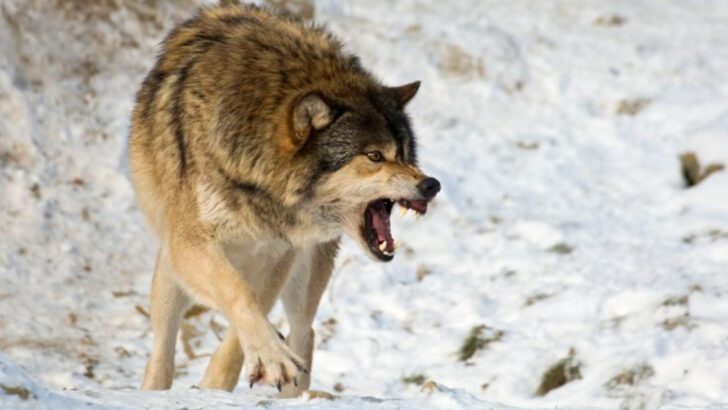Staring into the eyes of a wild wolf is a moment that can send a chill down your spine. Do you run? Stand your ground? Play dead? One wrong move, and you could find yourself in serious danger.
Wolves are intelligent, powerful predators. While they usually avoid humans, unexpected encounters happen—especially in remote forests, mountains, and tundras. Knowing what to do in that instant can mean the difference between a peaceful retreat and a life-threatening situation.
Some instincts, like turning and bolting, will only make things worse. Others, like maintaining eye contact or using your voice, could save your life. The key is understanding how wolves think and reacting in a way that keeps you off their menu.
Before you step into the wild, arm yourself with knowledge. Here are 15 crucial actions to take when facing a wolf in the wilderness.
Stay Calm and Assess the Situation
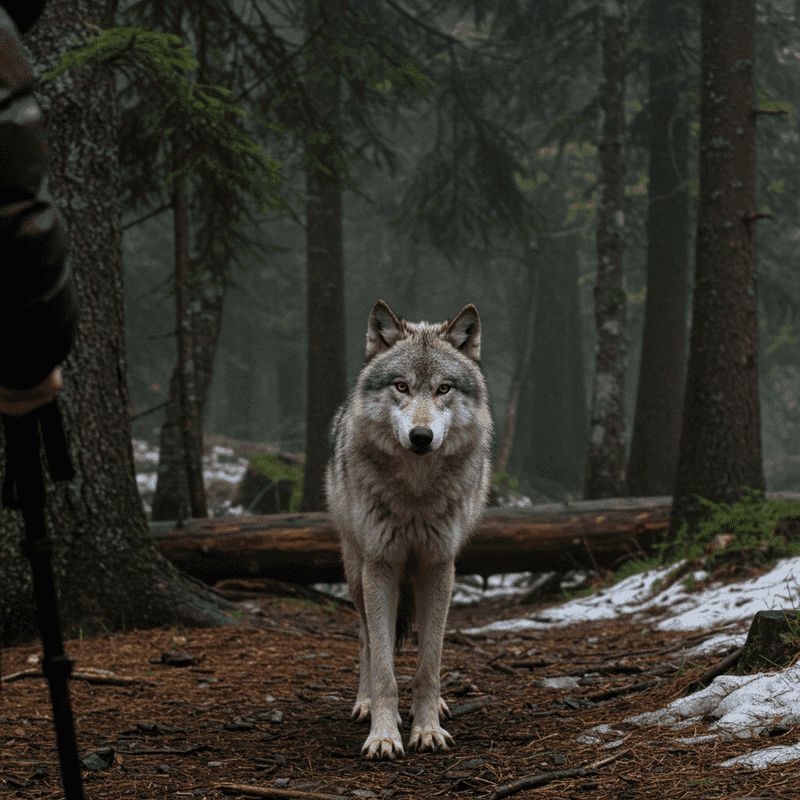
When you first spot a wolf, staying calm is paramount. Take a deep breath and assess the situation. Wolves are curious by nature, and an initial sighting doesn’t necessarily mean aggression. Panic might trigger a defensive response from the wolf, so maintain composure.
Observe the wolf’s behavior and body language. Is it alone or part of a pack? Identifying these cues will help you decide your next course of action. By keeping calm, you preserve your energy and remain vigilant, ready to respond appropriately.
Do Not Run
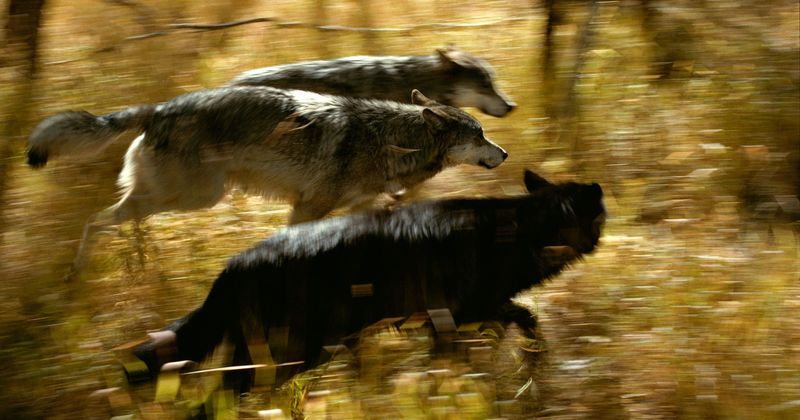
Running from a wolf might trigger its instinct to chase, much like a dog. Resist the urge to flee, as wolves can outrun humans easily. Instead, stand your ground and face the wolf directly.
Show that you are not prey by making yourself appear larger. This behavior will signal to the wolf that you are not afraid and may discourage it from pursuing you. Remaining still also gives you time to assess the situation more thoroughly, helping you decide the best next steps.
Make Yourself Look Bigger
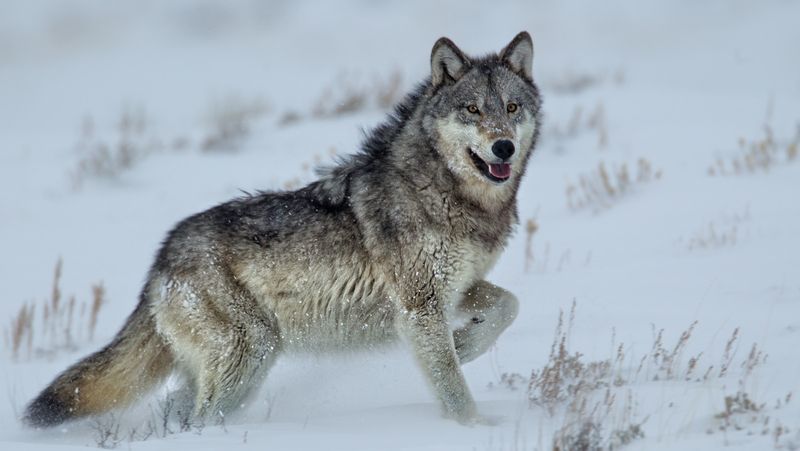
To deter a wolf, make yourself look as big as possible. Lift your arms, hold up your jacket or backpack, and stand on your toes if necessary. This display of size can be a deterrent, signaling that you are not an easy target.
Wolves, like many animals, assess threats based on size and confidence. By appearing larger, you increase your chances of the wolf deciding to move along. This tactic is simple yet effective, often used in encounters with various wildlife.
Avoid Direct Eye Contact
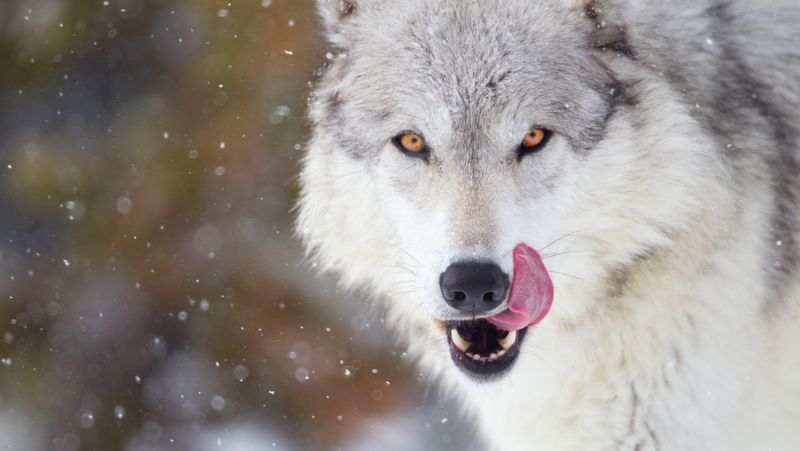
Direct eye contact can be perceived as a challenge or threat by animals. When facing a wolf, avoid staring directly into its eyes, as this may provoke an aggressive response.
Instead, maintain peripheral awareness of the wolf’s movements while appearing non-confrontational. This subtle approach communicates that you are not a threat. By respecting the wolf’s natural instincts and space, you can reduce tension and increase the likelihood of a peaceful encounter.
Back Away Slowly
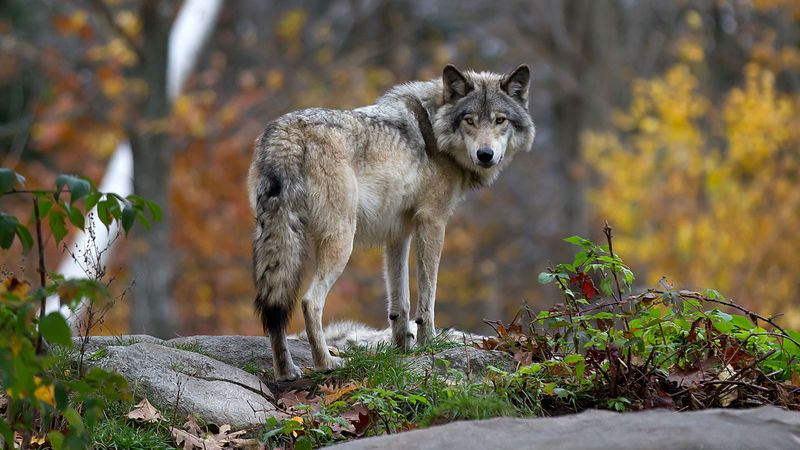
Backing away slowly from a wolf shows you are not threatening but also not prey. Keep your eyes on the wolf without direct contact and move away at a steady pace.
This gradual retreat allows you to maintain control over the situation, showing confidence and respect for the wolf’s space. Retreating slowly also reduces the risk of provoking a chase, which is critical for your safety. As you back away, ensure you have a clear path, avoiding obstacles that might cause you to stumble.
Keep Children and Pets Close
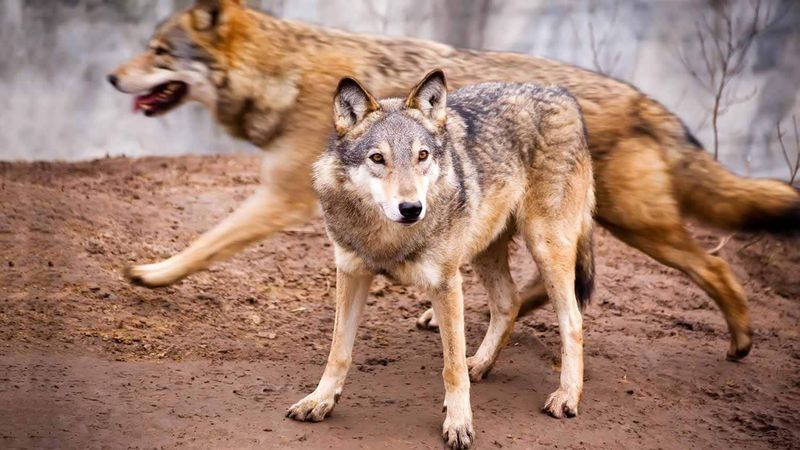
Children and pets, due to their size and unpredictability, might appear as easy prey to wolves. Ensure they are close to you at all times, preferably held by the hand or on a leash.
Their safety is paramount, so avoid letting them run or wander. By keeping them near, you not only protect them but also present a united and formidable presence to the wolf. This strategy minimizes the risk of separation and keeps everyone under watchful eyes, maintaining group cohesion.
Make Noise
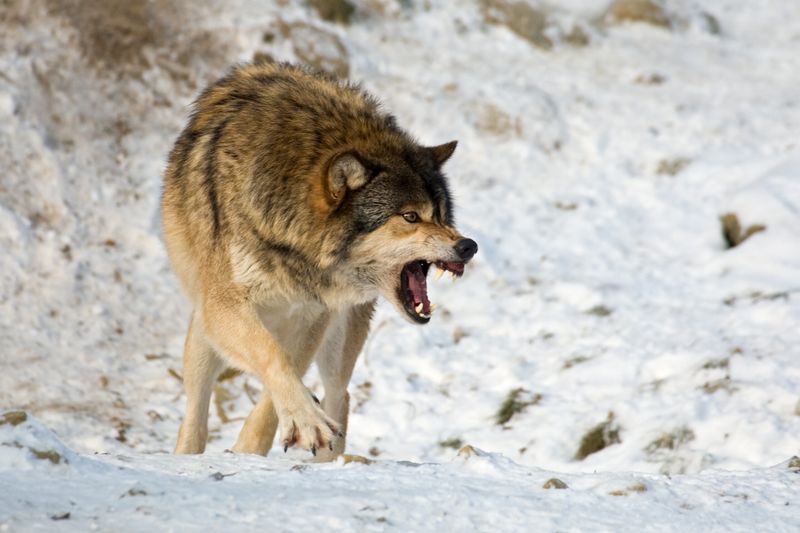
Making loud noises can deter a wolf by signaling that you are not an easy target. Clap your hands, shout, or bang objects together to create a commotion.
This auditory display can startle the wolf, encouraging it to keep its distance. Noise signifies human presence, which wolves typically avoid. This tactic is particularly effective in reinforcing your dominance and dissuading the wolf from approaching further. Ensuring everyone in your group participates in making noise can amplify the effect.
Use a Whistle or Horn

If you’re carrying a whistle or a horn, now is the time to use it. These devices produce tones that can be startling to animals, including wolves.
The sudden noise can disrupt the wolf’s focus and potentially send it fleeing. This method is an excellent addition to shouting and clapping, providing varied stimuli that are difficult for a wolf to ignore. Having a whistle or horn as part of your gear is a proactive step in wilderness safety.
Do Not Approach or Corner the Wolf

Approaching or cornering a wolf can lead to defensive aggression. Always ensure the wolf has a clear escape path and do not try to move closer. This respect for the wolf’s space prevents escalation.
By allowing the wolf to retreat at its own pace, you lower stress for both parties. This approach changes a potentially dangerous encounter into a peaceful standoff. Understanding the importance of space highlights your respect for the wolf and its natural behavior.
Throw Objects Without Directly Hitting
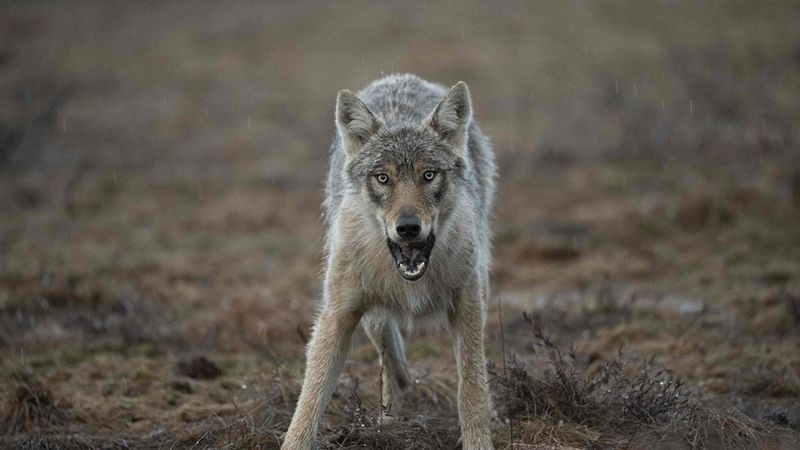
Throwing objects like rocks or sticks towards, but not at, a wolf can create a buffer zone. This action signals your intent to maintain distance, helping to deter the wolf.
Ensuring you do not hit the wolf is crucial, as aggression might provoke retaliation. The goal is to intimidate without causing harm, reinforcing your desire for separation. This tactic emphasizes peaceful deterrence, contributing to a respectful coexistence in shared environments.
Seek Higher Ground if Possible
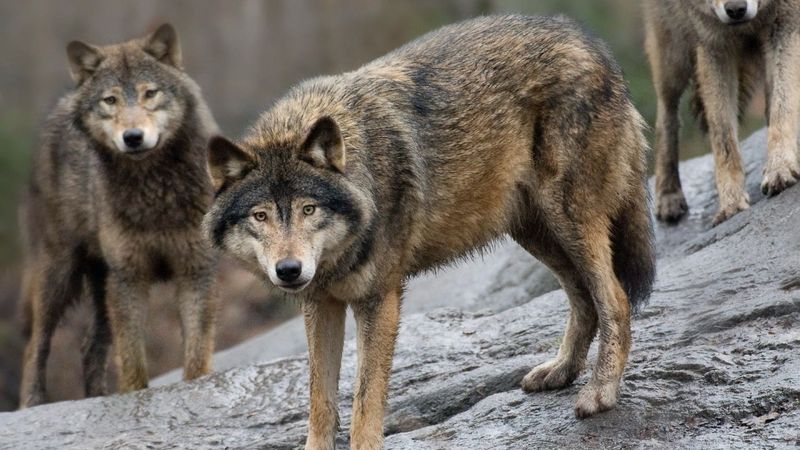
Gaining higher ground can provide a strategic advantage when facing a wolf. Elevation might make you appear more formidable and is a natural deterrent.
From a higher vantage point, you can better observe the wolf’s movements and plan your next steps. This position allows for calm assessment without the immediate threat of a close encounter. Seeking higher ground reflects your awareness of the environment and aids in maintaining a safe distance.
Signal for Help
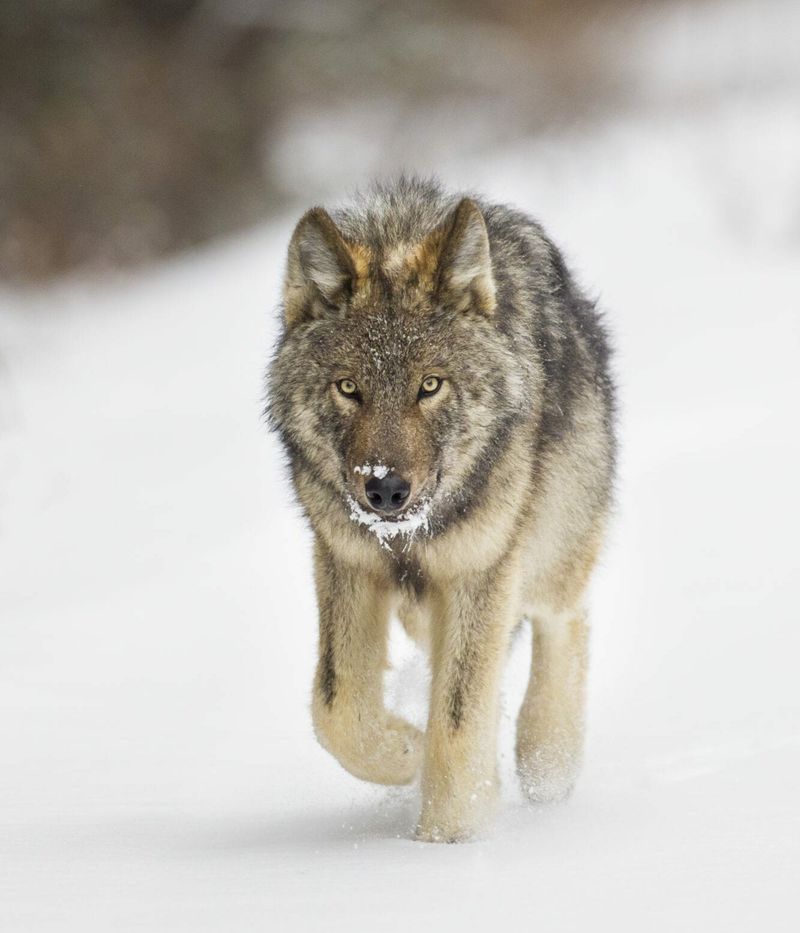
If you have a means to signal for help, such as a flashlight or brightly colored cloth, use it. Attracting attention increases your chances of assistance.
Visual signals can also confuse the wolf, reinforcing your presence as dominant. This dual purpose enhances safety by alerting others while asserting yourself. Being prepared with signaling tools reflects foresight in wilderness exploration, critical for unexpected wildlife encounters.
Utilize Available Barriers
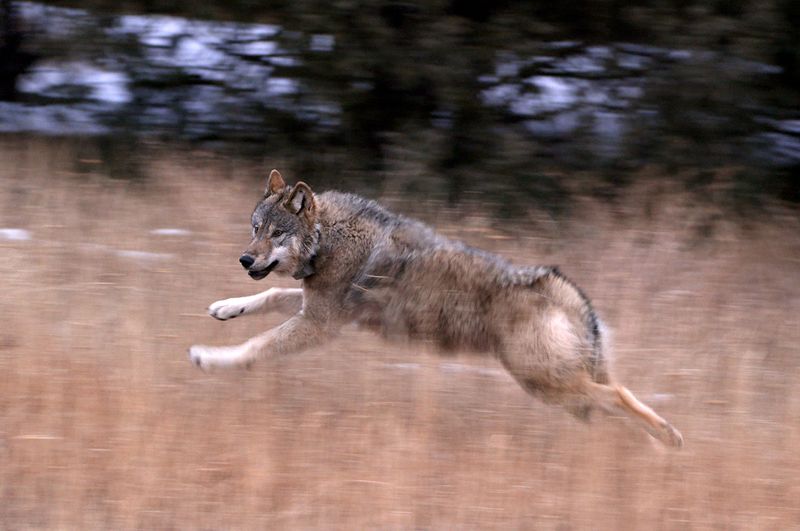
Using natural barriers can enhance safety when facing a wolf. Position yourself behind a tree or rock to create a protective shield.
This tactic provides both physical protection and a psychological edge, as the wolf perceives you as less vulnerable. Such positioning allows you to remain calm while considering further actions. Barriers are effective in wildlife encounters, offering a practical solution with minimal effort.
Call Authorities if Necessary
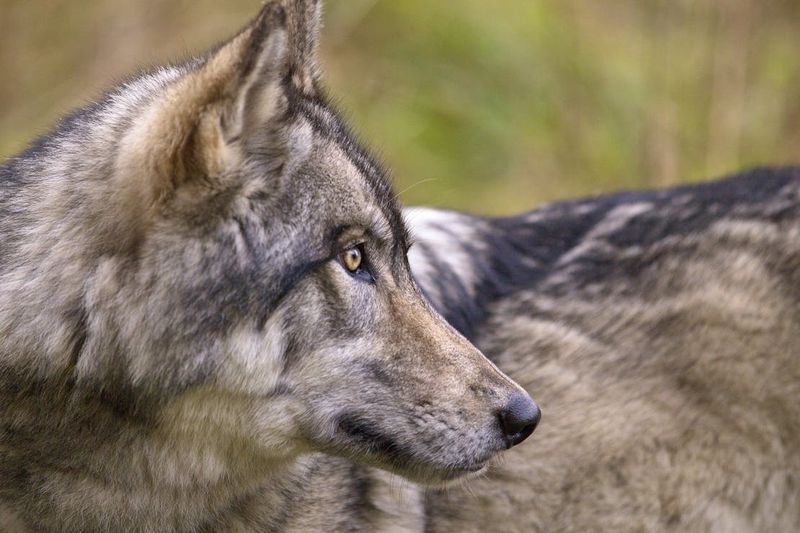
In case of persistent or aggressive wolf behavior, contacting authorities like park rangers is wise. Use a phone or other communication device to report the encounter.
Professional intervention can ensure both human and animal safety. Authorities have the expertise to handle wildlife situations without harm. Calling for help reflects responsibility and understanding of wilderness protocols, prioritizing safety and coexistence.
Remain Vigilant and Avoid Return to Area
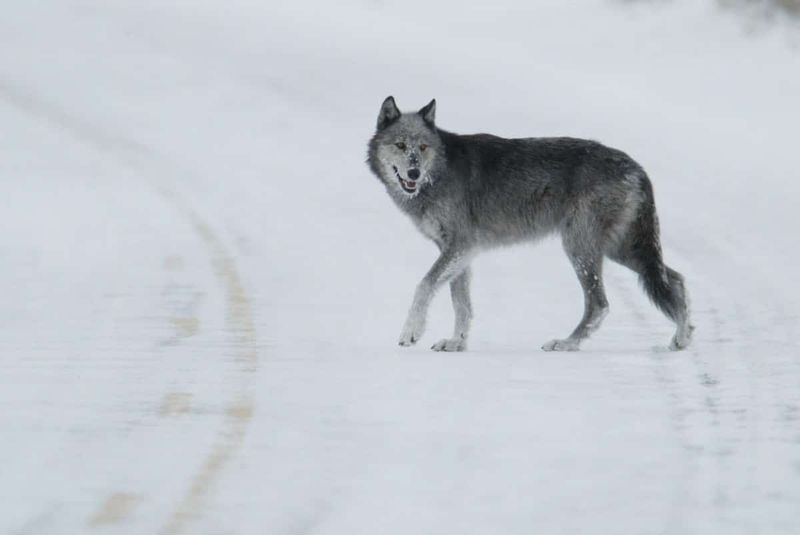
After a wolf encounter, maintain vigilance to avoid similar future incidents. Learn from the experience and adjust your plans to steer clear of the area.
Understanding the terrain and wolf territories enhances future safety. This proactive approach minimizes risk and shows respect for wildlife. Avoiding known wolf habitats reflects a commitment to harmonious exploration, balancing adventure with caution.

